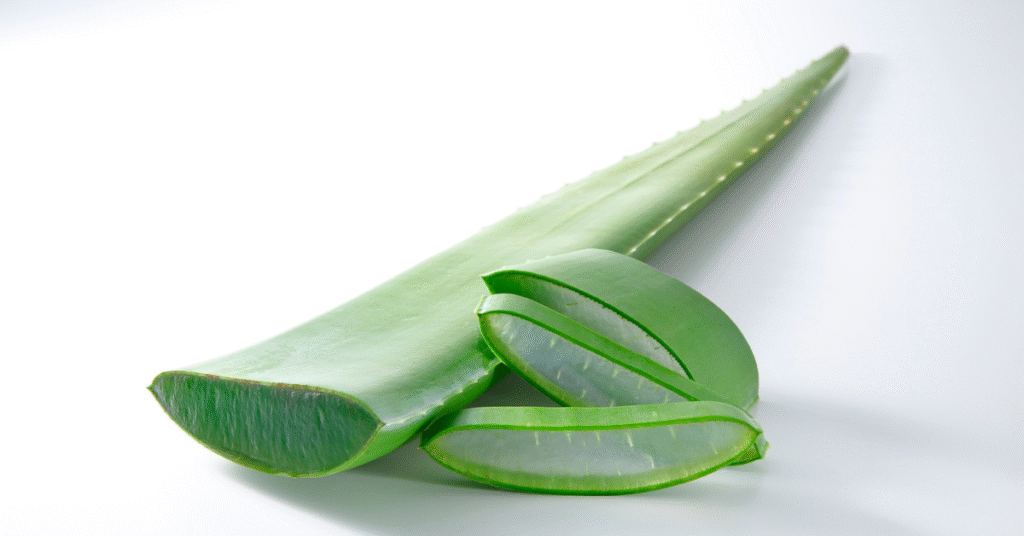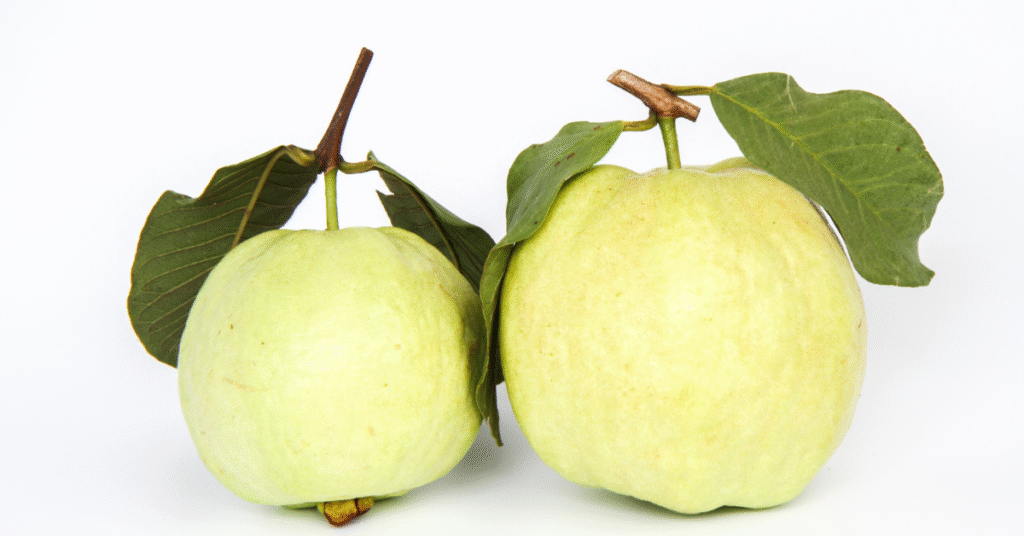How to Use Aloe Vera for Infection: Exploring Its Antimicrobial Potential and Safe Application
Infections, whether bacterial, fungal, or viral, can range from minor skin irritations to serious health concerns. For centuries, the Aloe Vera plant has been a cornerstone of traditional medicine, lauded for its remarkable healing and soothing properties. Its clear, gelatinous pulp is a powerhouse of bioactive compounds, leading many to explore its potential as a natural remedy. While Aloe Vera is celebrated for its general benefits for skin and its role in managing various conditions, its specific application for infections requires careful understanding and responsible use.
This comprehensive guide will delve into the scientific basis behind Aloe Vera’s antimicrobial properties, discuss the types of infections it may help manage, and provide practical, safe guidelines for its application. Most importantly, we will emphasize that Aloe Vera is a complementary therapy and should never replace professional medical diagnosis and treatment for infections.
Aloe Vera’s Antimicrobial Arsenal: The Science Behind Its Power
The ability of Aloe Vera to combat infections is attributed to a synergistic blend of its numerous bioactive compounds found primarily in its inner gel:
- Anthraquinones: Compounds like aloin, emodin, and chrysophanol. While aloin is a laxative and often removed from ingestible products, these compounds possess potent antibacterial, antifungal, and antiviral properties.
- Saponins: These natural soapy substances have cleansing and antiseptic qualities, helping to inhibit the growth of bacteria, yeasts, and fungi.
- Salicylic Acid: A beta-hydroxy acid with anti-inflammatory and antiseptic properties, which can help in shedding dead skin cells and preventing bacterial growth.
- Lupeol: A triterpenoid found in Aloe Vera that exhibits strong anti-inflammatory and antiseptic activities.
- Acemannan (Polysaccharide): This complex carbohydrate is known for its immune-stimulating properties, helping the body’s natural defenses fight off pathogens. It also aids in wound healing.
- Vitamins & Minerals: Antioxidants like Vitamins A, C, and E, along with minerals like zinc, contribute to overall immune function and cellular repair, indirectly supporting the body’s fight against infection.
Numerous studies have investigated the antimicrobial activity of Aloe Vera against a wide range of pathogens. Research published in PMC articles and the Umyu Journal of Microbiology Research confirms its effectiveness against various bacteria and fungi.
Types of Infections Aloe Vera May Help Support
It’s important to reiterate that Aloe Vera is best suited for minor, superficial infections or as a supportive therapy for more complex conditions, always under medical guidance.
1. Minor Skin Infections (Bacterial & Fungal)
For superficial skin infections caused by bacteria or fungi, Aloe Vera’s antiseptic and anti-inflammatory properties can be beneficial.
- Minor Cuts & Scrapes: Helps prevent bacterial growth and soothes the area. This is covered in more detail in our guide on how to use aloe vera on wounds.
- Athlete’s Foot & Ringworm (Fungal): Its antifungal properties may help inhibit the growth of dermatophytes responsible for these common fungal infections.
- Minor Boils & Pimples: Can help reduce inflammation and fight bacteria associated with minor skin breakouts. This is related to its benefits for skin health.
2. Oral Infections (Bacterial & Fungal)
Aloe Vera’s antimicrobial and anti-inflammatory properties make it beneficial for certain oral conditions.
- Gingivitis (Gum Inflammation): Can help reduce inflammation and bacterial plaque buildup, promoting healthier gums.
- Oral Candidiasis (Thrush): Its antifungal properties have shown promise in managing oral yeast infections. Research in PMC articles supports Aloe Vera’s efficacy in treating oral candidiasis.
- Mouth Ulcers/Canker Sores: While not strictly an infection, these can become infected. Aloe Vera helps soothe and heal, and its antimicrobial action can prevent secondary bacterial infection. This is also covered in our guide on aloe vera for ulcer treatment.
3. Scalp Infections (Fungal & Bacterial)
Scalp issues like dandruff (often caused by yeast) and folliculitis (bacterial) can benefit from Aloe Vera’s properties.
- Dandruff: Its antifungal properties can help control the yeast (Malassezia) often responsible for dandruff.
- Folliculitis (Minor): Can help reduce inflammation and fight bacteria in minor cases of inflamed hair follicles. This ties into its broader benefits for aloe vera for hair growth and scalp health.
4. Potential for Internal Infections (with Extreme Caution)
While research is ongoing, some studies suggest internal consumption of processed, aloin-free Aloe Vera gel may offer systemic antimicrobial benefits. This is a complex area and requires strict medical supervision.
- H. pylori Infection (Peptic Ulcers): Preliminary studies indicate Aloe Vera may inhibit the growth of *Helicobacter pylori*, a common cause of stomach ulcers. However, this is not a replacement for prescribed antibiotics.
- General Immune Support: By boosting overall immune function (via compounds like acemannan), Aloe Vera may help the body’s natural defenses combat various internal pathogens.
How to Prepare Fresh Aloe Vera Gel for Infection Support
For topical applications, using fresh gel directly from the plant is often preferred for purity. The preparation process is crucial to ensure the removal of irritating latex. This process is similar to how you would prepare it for facial applications, as detailed in our guide on how to use aloe vera plant on face.
- 1. Select a Mature Leaf: Choose a thick, healthy leaf from the outer part of your aloe vera plant.
- 2. Drain the Latex: Cut the leaf at the base and stand it upright in a cup for 10-15 minutes to allow the yellowish aloin (latex) to drain out. Discard this liquid. This step is crucial for preventing skin irritation and potential systemic effects if traces are absorbed.
- 3. Clean & Extract: Rinse the leaf thoroughly. Slice off spiny edges, then carefully scoop out the clear inner gel with a spoon. Avoid scraping the green skin.
- 4. Process (Optional): For a smoother consistency, blend the scooped gel for a few seconds.
- 5. Store: Store excess pure gel in an airtight container in the refrigerator for up to a week.
Application Methods for Infection Support
1. For Minor Skin Infections (Topical)
- Clean the Area: Gently clean the affected skin area with mild soap and water. Pat dry.
- Apply Gel: Apply a thin, even layer of pure aloe vera gel directly to the minor infected area.
- Cover (Optional): For cuts or fungal infections, you may cover with a sterile, breathable bandage. For widespread rashes, leave exposed if possible.
- Frequency: Reapply 2-3 times daily.
2. For Oral Infections (Topical)
- Rinse (for Gingivitis/General Oral Health): Use a high-quality, aloin-free Aloe Vera juice as a mouth rinse (dilute if too strong) 2-3 times a day. Swish for 30 seconds, then spit.
- Direct Application (for Mouth Ulcers/Thrush): Apply a small amount of pure aloe vera gel directly to the affected area with a clean finger or cotton swab.
- Frequency: 2-3 times daily, especially after meals.
3. For Scalp Infections (Topical)
- Scalp Mask: Apply pure aloe vera gel directly to the scalp, massaging gently. Leave on for 30 minutes to an hour before shampooing.
- Frequency: 2-3 times a week, or as needed for dandruff/itchiness.
4. For Internal Infections (Internal – ONLY with Medical Guidance)
- Form: Use only high-quality, decolorized, aloin-free Aloe Vera juice or gel specifically labeled for internal consumption.
- Dosage: Strictly follow product label instructions or, ideally, the dosage advised by your healthcare professional.
- Crucial: This must be done under the direct supervision of a doctor, especially if you have an active infection or are on other medications.
Important Precautions & When to Seek Medical Attention
While Aloe Vera can be a beneficial natural aid, it is critical to understand its limitations and potential risks, especially when dealing with infections.
- ALWAYS Consult a Healthcare Professional: Infections can be serious and require proper medical diagnosis and treatment. Aloe Vera should only be used as a complementary therapy and never as a replacement for prescribed antibiotics, antifungals, or antiviral medications.
- Patch Test is Essential: Before applying Aloe Vera to a large area of skin or ingesting it, always perform a patch test to check for allergic reactions. Apply a small amount to an inconspicuous area and wait 24-48 hours. For more on potential skin reactions, see our guide on side effects of aloe vera on face.
- Aloin/Latex Content: For internal use, ensure products are explicitly “aloin-free” or “decolorized.” For topical use, always drain the yellowish latex from fresh leaves.
- Drug Interactions: Aloe Vera can interact with certain medications, including blood sugar-lowering drugs, laxatives, diuretics, and potentially blood thinners. Always inform your doctor about any supplements you are taking.
- Pregnancy & Breastfeeding: Internal use of Aloe Vera is generally not recommended during pregnancy or breastfeeding.
- Quality of Commercial Products: The purity and processing of commercial Aloe Vera products vary widely. Choose reputable brands with clear labeling.
- Signs of Worsening Infection: Discontinue use and seek immediate medical attention if an infection worsens, spreads, or if you develop fever, increasing pain, pus, severe redness, or swelling.
The scientific community continues to explore the full spectrum of Aloe Vera’s properties, including its complex interactions with the body’s systems and its potential in various health applications, as detailed in research on its dermatological applications and broader medicinal uses.
Conclusion: A Supportive Ally, Not a Sole Solution
Aloe Vera stands as a testament to nature’s healing power, offering a remarkable array of potential benefits for managing and supporting the body’s response to various infections. Its rich blend of anti-inflammatory, antimicrobial, and immune-modulating compounds makes it a valuable natural aid for minor skin, oral, and scalp infections.
However, it is paramount to approach the use of Aloe Vera for infection with a responsible and informed mindset. It serves as a supportive ally in your wellness journey, complementing, not replacing, conventional medical treatments. Always prioritize professional medical diagnosis and care for any infection, and use Aloe Vera safely and judiciously under appropriate guidance. By doing so, you can harness its potential to soothe, heal, and support your body’s natural defenses.



